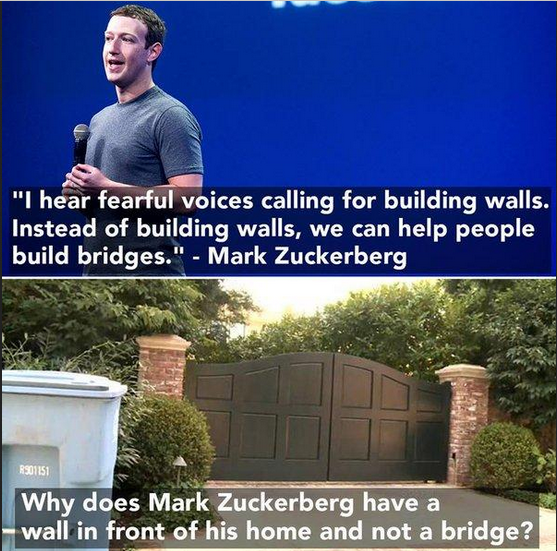Scammer Musk says he will ban Twitter spam bots, but he has always used spam bots to create fake Tesla Fan Boys and hype himself
Musk’s mechanized accounts have sought to boost Tesla shares, deride critics, sabotage competitors, manipulate stocks and push the pending takeover of Twitter.
But Musk himself has been a beneficiary of mechanized boosting, researchers say, including through accounts that raved about his most valuable investment, Tesla shares, when the electric-car company faced negative news because of accidents, poor financial results and clashes with regulators.
These researchers say bots — automated accounts that are programmed to do pre-defined tasks, often at speeds faster than a person could manage — have been deployed to harass Musk critics, to trumpet the controversial takeover approved by Twitter’s board, and even to present Musk as a model of manliness and the opposite of propaganda foil George Soros, a liberal financier and subject of viral antisemitic conspiracy theories.
Musk is a nearly perfect magnet for automated hype, researchers say. For those involved in the market, he leads a company that is riskier than most, is prone to volatile price movements and serious criticism, and often is the subject of short selling in pursuit of profits on its setbacks.
Beyond that, Musk is widely admired, is the world’s richest man, dates celebrities, and backs not only cryptocurrencies but also meaningless meme cryptocurrencies, such as the former joke known as Dogecoin.
“When we tend to see a really divisive figure that people feel the need to rally around to show that they’re supported, we tend to see more bot activity,” said April Glaser, a senior research fellow at the Shorenstein Center on Media, Politics and Public Policy at the Harvard Kennedy School.
Bots can drive real-world behavior in multiple ways, increasing popularity or encouraging direct abuse by humans. “It just creates a pile-on,” Glaser said. “When it looks like everyone is doing it, it’s easier for one more person to do it.”
But it is reasonable to wonder whether a Tesla contractor or subcontractor is responsible for some of the pro-Musk tweets, says University of Maryland professor David Kirsch, who this month will present the first of three papers examining bot influence on Tesla’s fans and share prices.
The main other class of suspects would be “individual shareholders or pro-Tesla individuals who have the tech skills to do this,” Kirsch said.

The presence of some bots became obvious not long after the carmaker’s stock was being hurt by reports of Model S cars catching on fire. In one span of 75 minutes in November 2013, eight new accounts appeared on Twitter and began posting about the stock.
In the ensuing years, just those eight accounts went on to post 30,000 times using the stock symbol TSLA — at such regular intervals and at such volume that the odds of them representing eight real people are infinitesimally small, Kirsch said. One account, @danrocks4, issued bursts of posts on average every third hour around-the-clock for more than six years, according to Kirsch and co-author Mohsen Chowdhury.
Using a free tool called Botometer, which ranks the likelihood of an account being mechanized, from a score of 0 for a nearly certain human account to 5 for an almost certain bot, Kirsch and Chowdhury found that 23 percent of the 157,000 tweets with the hashtag #TSLA from the 2010 initial public offering through 2020 came from accounts with a Botometer score of 4 or higher. (Developed at the University of Indiana, Botometer uses machine learning to compare any given account to tens of thousands of known bots or real people. The program uses thousands of data points in each comparison, including the number and nature of linked accounts and the volume of tweets.)

Apple and Amazon have comparable levels of bot activity, Kirsch said, but those boosters were more likely to include other stock symbols and refer to wider market movements, whereas Tesla pumpers were more likely to refer to Tesla products, or Musk, or the specific company’s prospects.
“When you get to Tesla, it’s lots of talk about products and very little about other tickers,” he said.
The most prolific bots tend to have few followers and engagement. Kirsch thinks that part of their goal may be to show up in the feeds of people who already are interested in Tesla.
Some automated accounts sprinkle in references to current events or household matters to seem human. While that used to be exotic technology, it is now so easy that marketing firms do it as a service. Because Musk has tens of millions of followers on Twitter, more human-seeming bots have a chance to get traction and influence many people at once, experts say.

That opportunity also draws in partly or wholly mechanized networks that do not really have any goal except to draw attention to something else.
Even some Twitter accounts that boosted Russia’s “troll factory” tweets during the 2016 election have recently done the same for pro-Musk tweets that tag or praise him.
By looking at accounts now being amplified by Twitter personas that had boosted troll factory accounts later suspended by Twitter, researcher Chris Scott found some with American flags in their bios and consistently echoing what Russian state-owned media is saying.
In that group are some that post content aiming to inspire, but also that make mistakes: One account identified by Scott announced a conversion to Christianity long after it had put “Christian” in its bio, and the same account celebrated three years of being sober a few months after celebrating six years.
An account in the same network two weeks ago tweeted four times in five days some version of “We need more men like Elon Musk and less like George Soros, who agrees?”
It has continued touting Musk, on Tuesday retweeting to more than 60,000 followers: “Elon Musk has already done more for The United States than Elizabeth Warren ever could or will!”
















